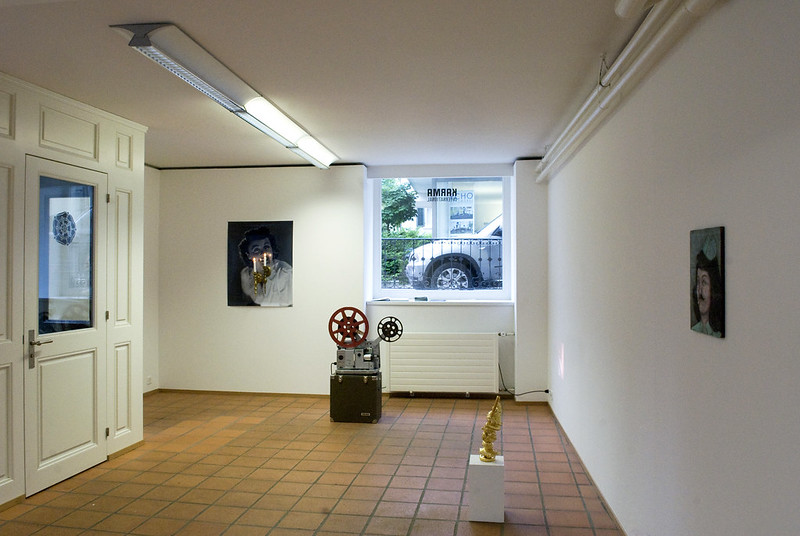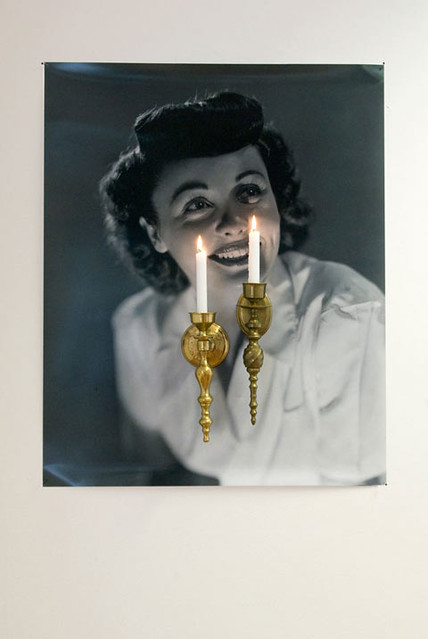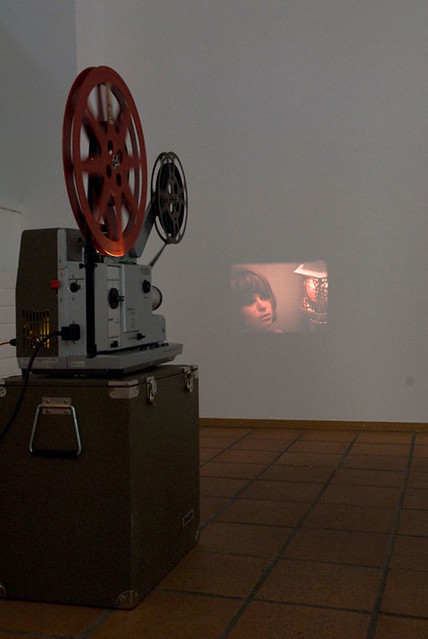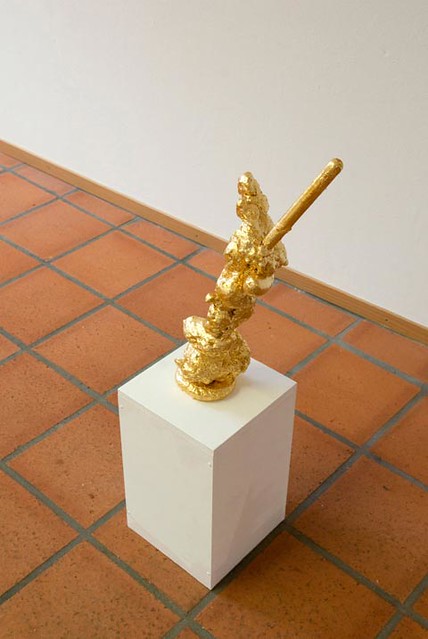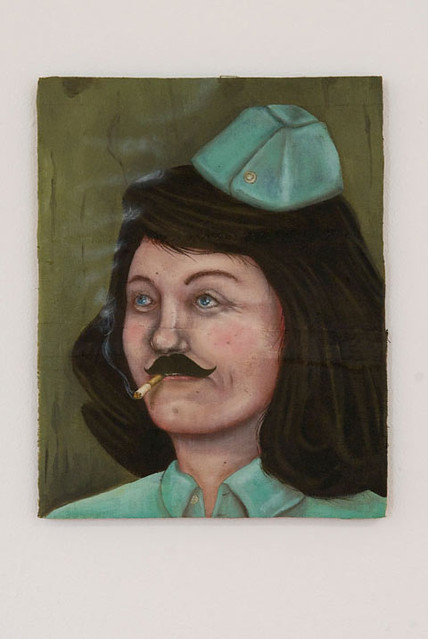Intro
Tales of the Grotesque
Karma International, Zurich
June 7–July 5 2008
Content
The group exhibition 'Tales of The Grotesque' borrows its title from Edgar Allan Poe’s Tales of The Grotesque and Arabesque (1840), a collection of short stories published following the success of his “Fall of the House of Usher.” The grotesque and the arabesque are both styles of wall decoration––as Poe knew, the grotesque was coined to refer to a decorative scheme popular in the private residences of ancient Roman. In these Roman grotesques, strange animals, plants, vases, candelabra, and architectural elements were combined and interwoven to form complex, patterned arrangements. Rediscovered in buried grottos in the 1520s, hence the name “grotesque,” these decorations fascinated artists and draftsmen, who quickly incorporated them into outlandish designs of their own.
In contemporary art, the term “grotesque” is often invoked to refer to unsightly, unruly, or abject bodies or images. 'Tales of The Grotesque' uses the term more in the sense that Poe intended it, as an art of mixtures and uncanny bastardizations. Like the antique grotesques, in which human-headed animals and twisting plants contorted to resemble the traditional orders of classical architecture, the grotesque today remains an art of excess. The nature of this excess is open to question––anything in excess can be grotesque, even an excess of tradition or order.
Artists:
John Cerasulo, Michael Cline, Ann Craven, Jamie Isenstein, George Kuchar, John Miller, Marlo Pascual, Scott Reeder
